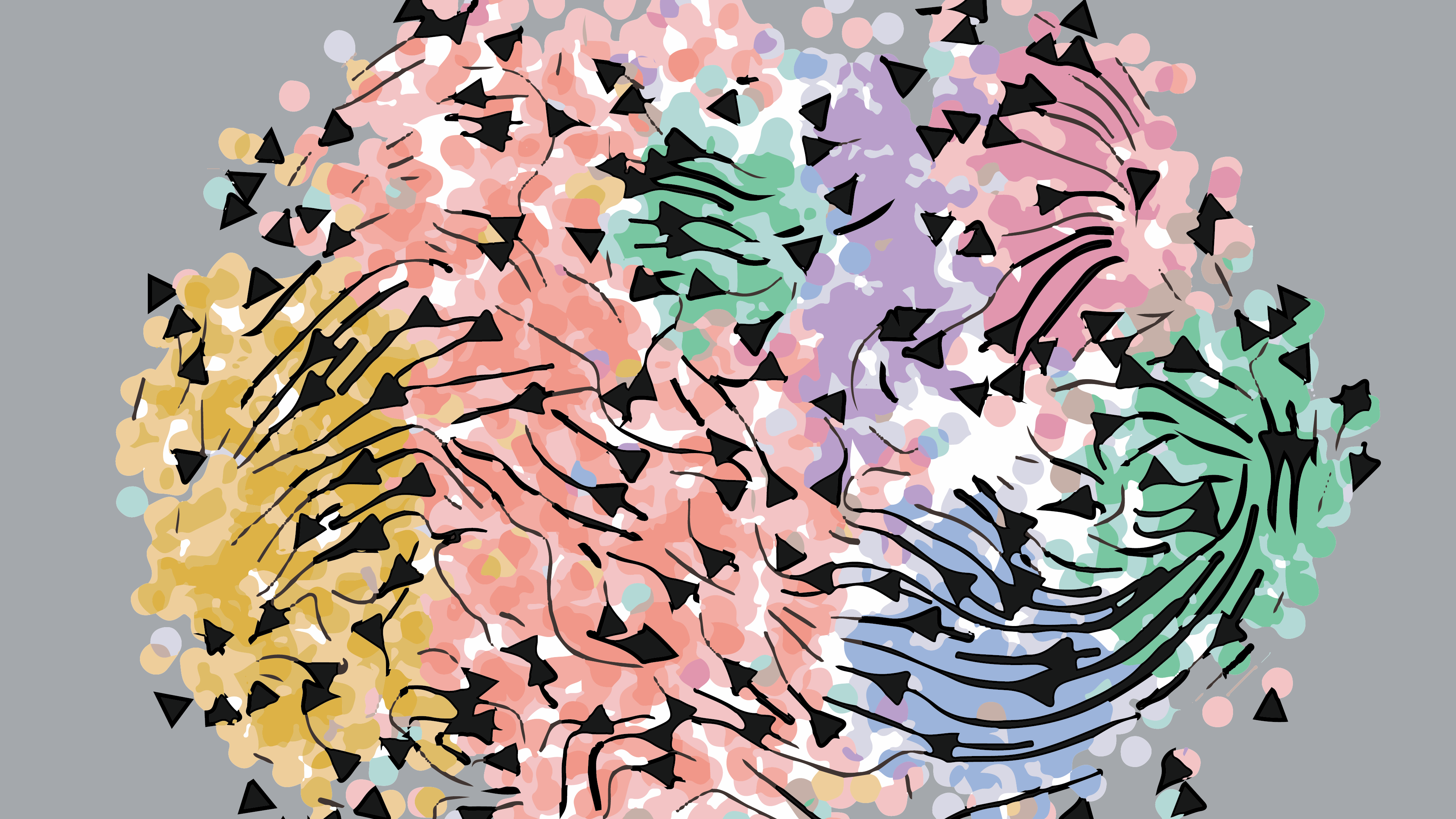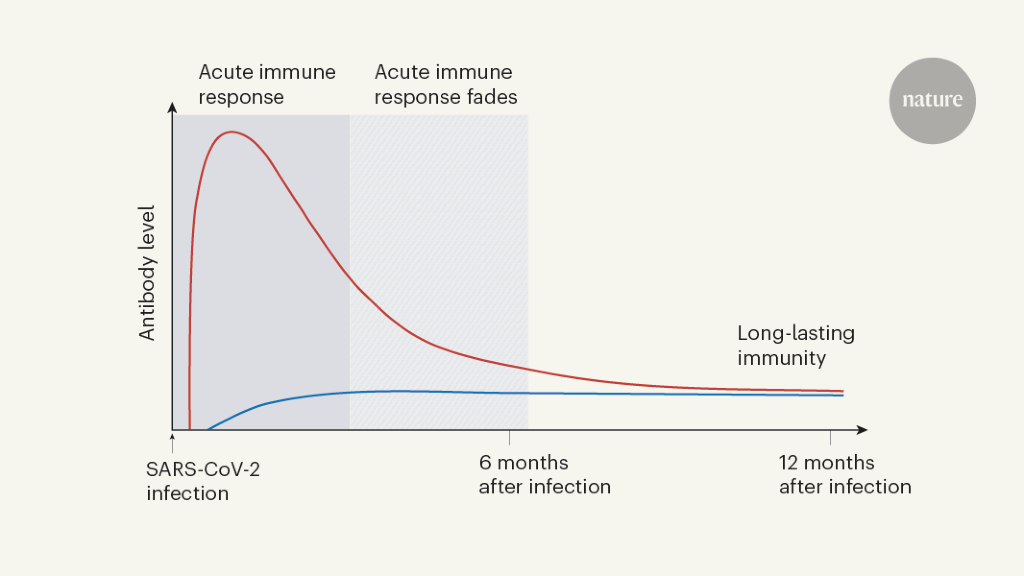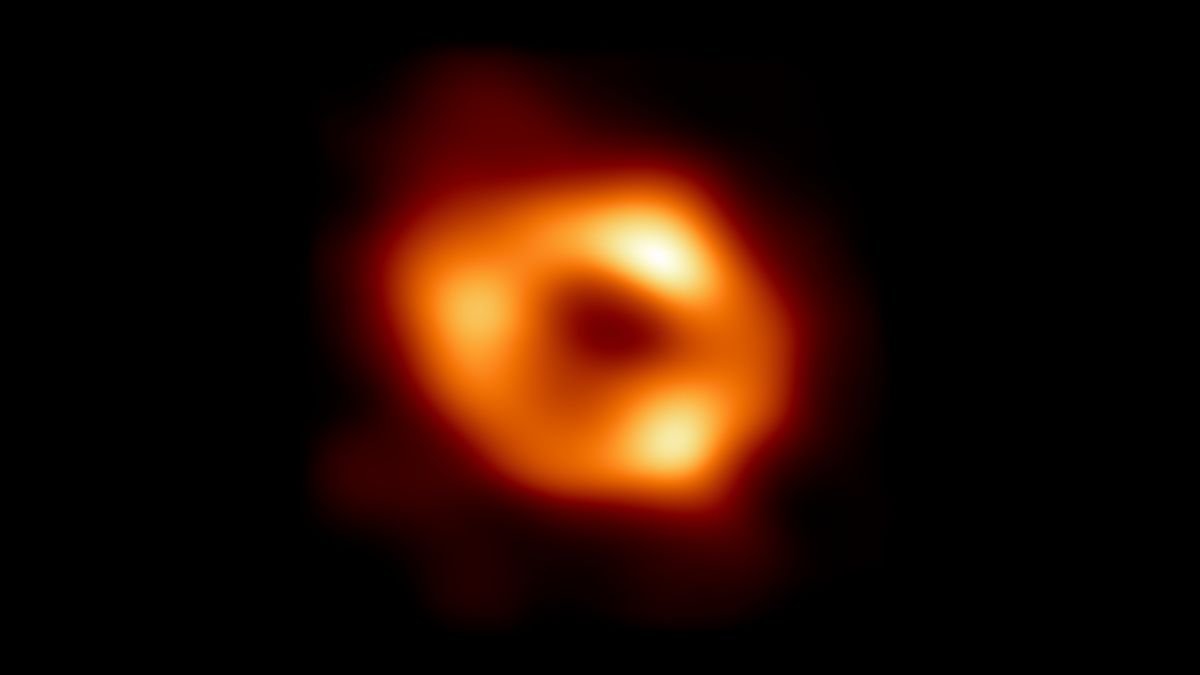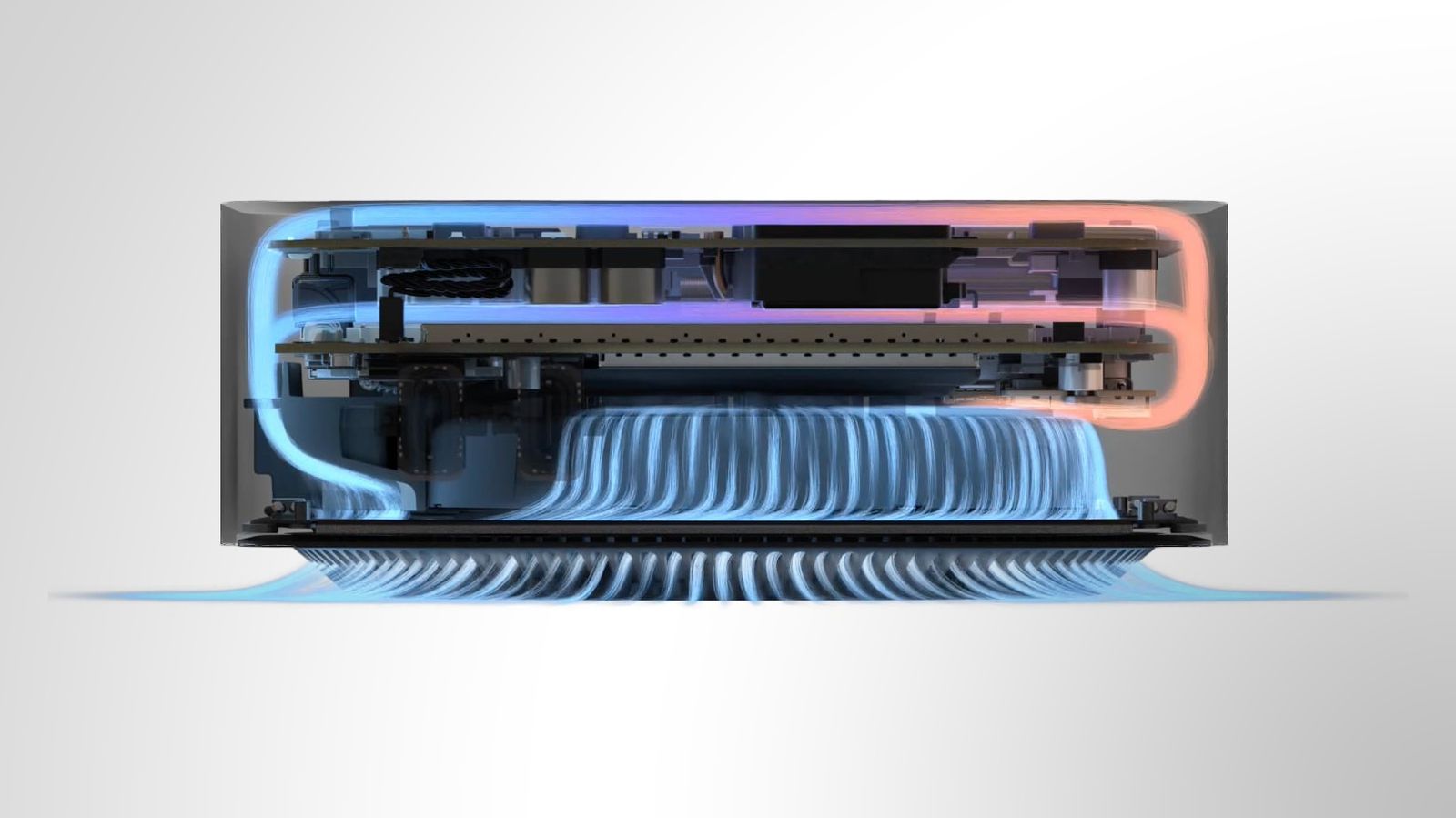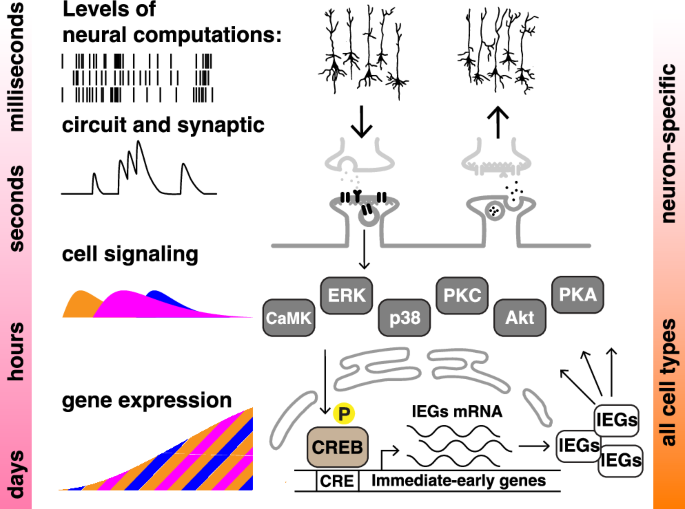
The massed-spaced learning effect in non-neural human cells
Nature Communications volume 15, Article number: 9635 (2024 ) Cite this article
The massed-spaced effect is a hallmark feature of memory formation. We now demonstrate this effect in two separate non-neural, immortalized cell lines stably expressing a short-lived luciferase reporter controlled by a CREB-dependent promoter. We emulate training using repeated pulses of forskolin and/or phorbol ester, and, as a proxy for memory, measure luciferase expression at various points after training. Four spaced pulses of either agonist elicit stronger and more sustained luciferase expression than a single “massed” pulse. Spaced pulses also result in stronger and more sustained activation of molecular factors critical for memory formation, ERK and CREB, and inhibition of ERK or CREB blocks the massed-spaced effect. Our findings show that canonical features of memory do not necessarily depend on neural circuitry, but can be embedded in the dynamics of signaling cascades conserved across different cell types.
Learning and memory in animals exhibit a peculiar feature known as the massed-spaced effect: training distributed across multiple sessions (spaced training) produces stronger memory than the same amount of training applied in a single episode (massed training). This effect is highly conserved across the animal kingdom and is observed at both behavioral and synaptic levels1,2,3,4,5,6,7,8,9,10.
